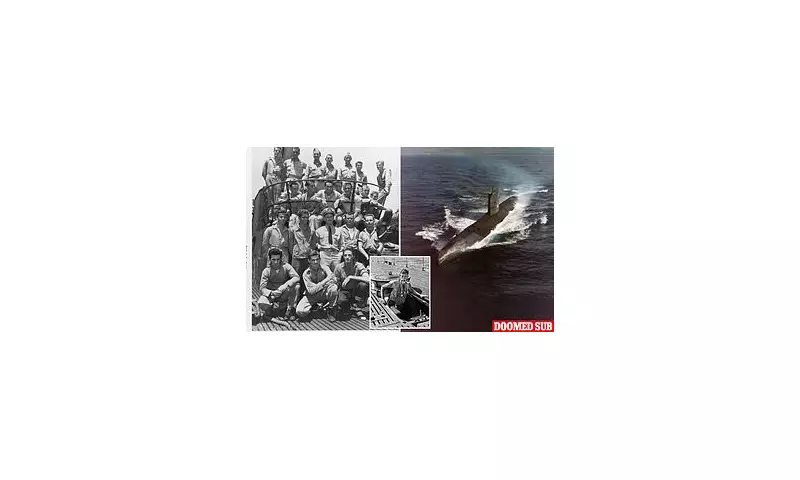
In one of World War II's most tragic ironies, the USS Tang - one of America's most successful submarines - met its end not from enemy fire, but from its own weaponry. Recently uncovered documents have shed new light on the catastrophic events of October 24, 1944, when the submarine's final torpedo turned back on its creators.
The Final Patrol
The USS Tang had established itself as a formidable hunter in the Pacific theatre, credited with sinking numerous Japanese vessels under the command of Lieutenant Commander Richard O'Kane. On its fifth and fateful patrol, the submarine had already added several enemy ships to its tally when tragedy struck during a night surface attack in the Formosa Strait.
A Deadly Malfunction
As the Tang launched what would be its final torpedo at a Japanese transport ship, the weapon malfunctioned in the most devastating way possible. Instead of striking its intended target, the torpedo performed a circular run, turning back toward the American submarine that had launched it.
Despite desperate evasive manoeuvres, the crew watched in horror as their own weapon closed in on them. The impact was catastrophic, tearing through the submarine's hull and sending the vessel to the bottom of the ocean within moments.
Survival Against All Odds
Of the 87 crew members aboard, only 13 managed to escape the sinking submarine. Their ordeal was far from over, as they faced additional challenges that would test their will to survive:
- Hostile Waters: The survivors found themselves in enemy-controlled territory, vulnerable to Japanese forces
- Environmental Hazards: Exposure, dehydration, and shark attacks claimed more lives
- Capture and Imprisonment: Those who survived the initial days were taken as prisoners of war
By the time the war ended, only nine of the original 87 crew members remained alive to tell their story.
A Legacy of Bravery and Sacrifice
The USS Tang's story represents both the peak of American submarine warfare success and its most devastating tragedy. Before its final mission, the submarine had been responsible for sinking 33 enemy ships, making it one of the most effective submarines in US naval history.
Commander O'Kane, who survived the disaster and subsequent imprisonment, was awarded the Medal of Honor for his leadership and the Tang's earlier successes. The submarine and its crew remain remembered not only for their tragic end, but for their significant contributions to the Allied war effort in the Pacific.
This newly examined account serves as a sobering reminder of the unpredictable nature of warfare and the ultimate sacrifices made by those who serve beneath the waves.





